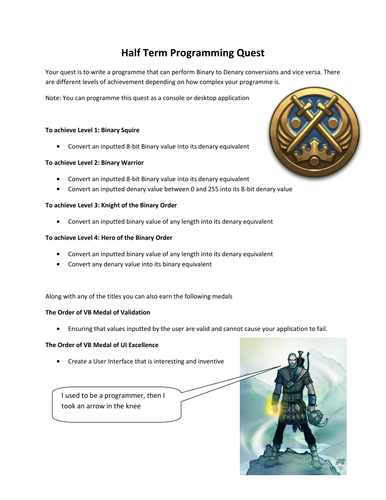Mr Broster Teaches
I am a Computer Science teacher of 13 years, who was a programmer for a decade before that. I teach in an "OFSTED Outstanding" secondary school. I teach KS3, GCSE and A-Level Computing. Other experience includes: * Head of Citizenship and PSHE * Year 7 Tutor * Maths teacher and tutor * International Co-ordinator












